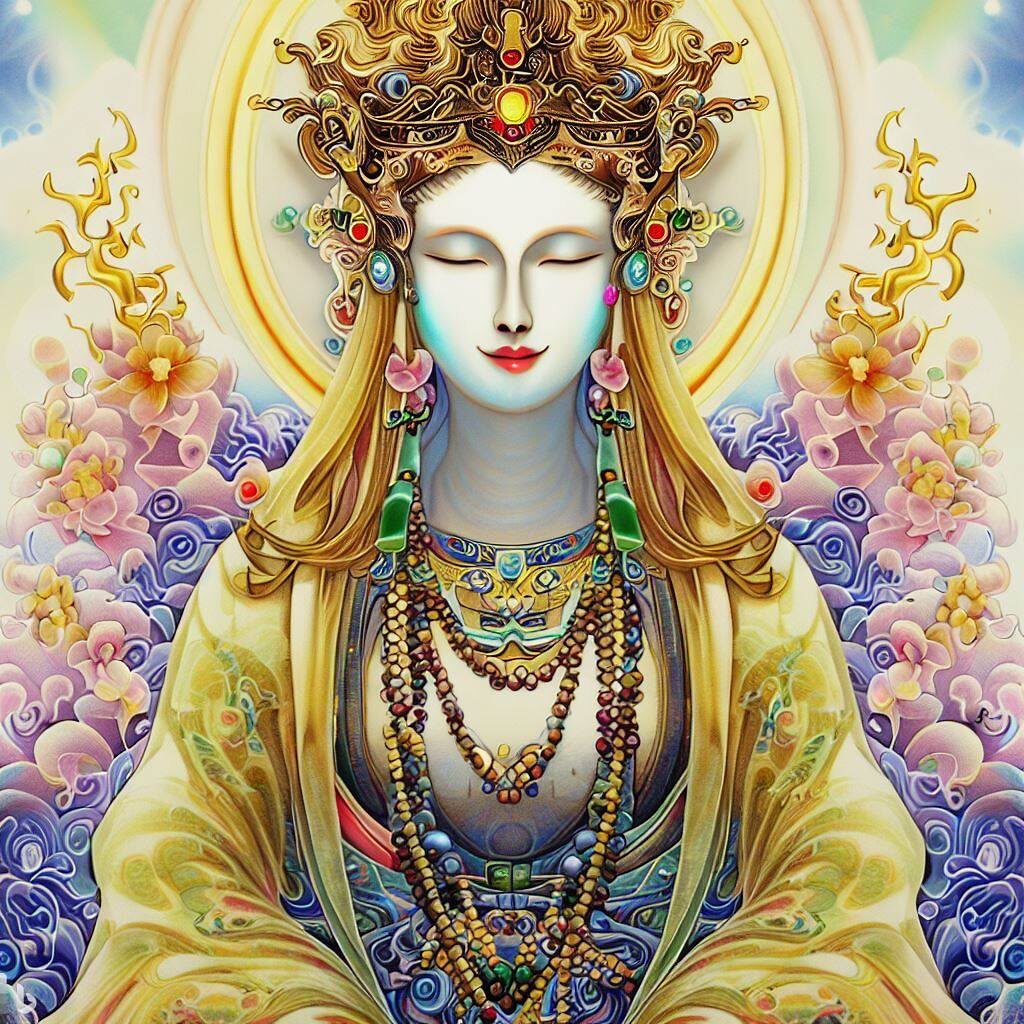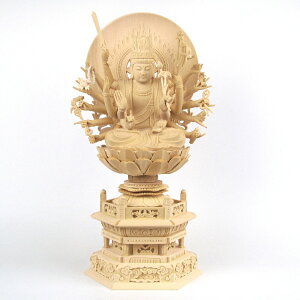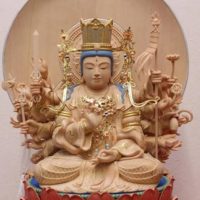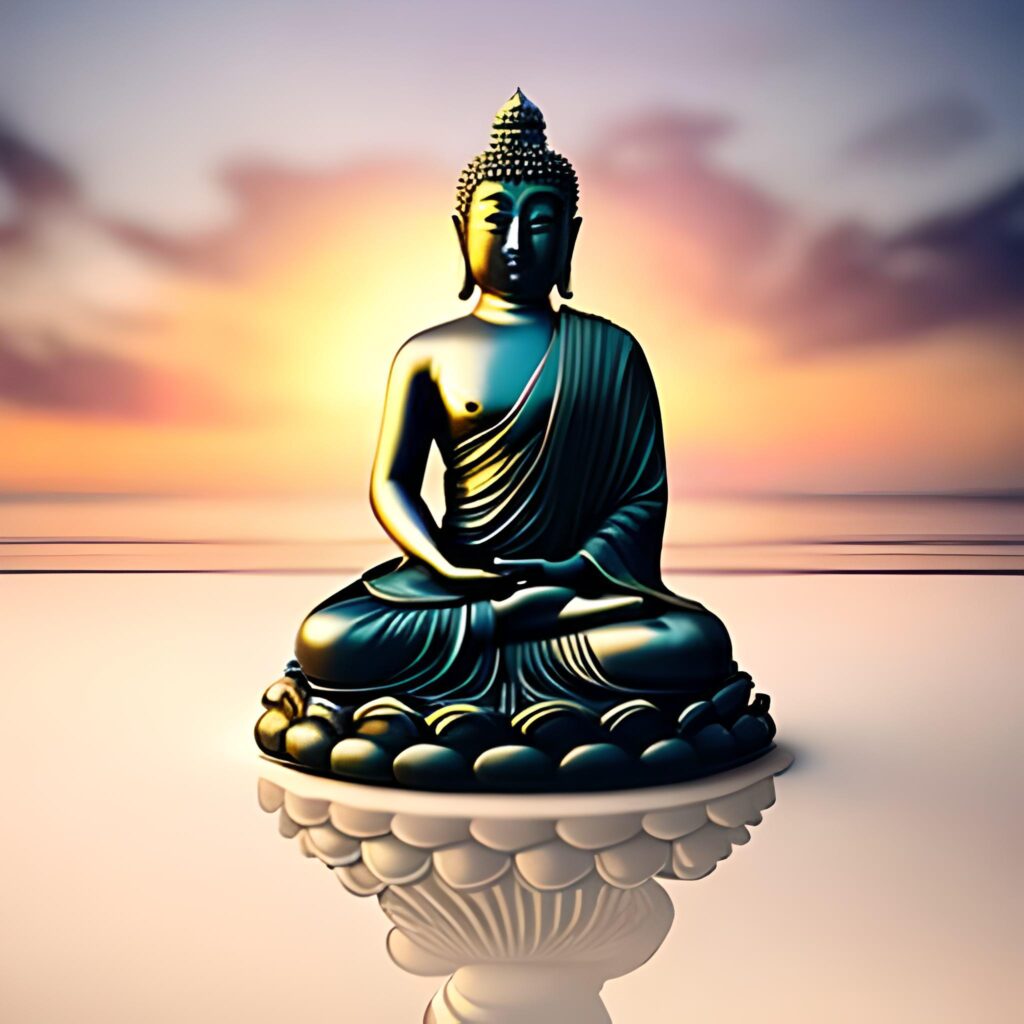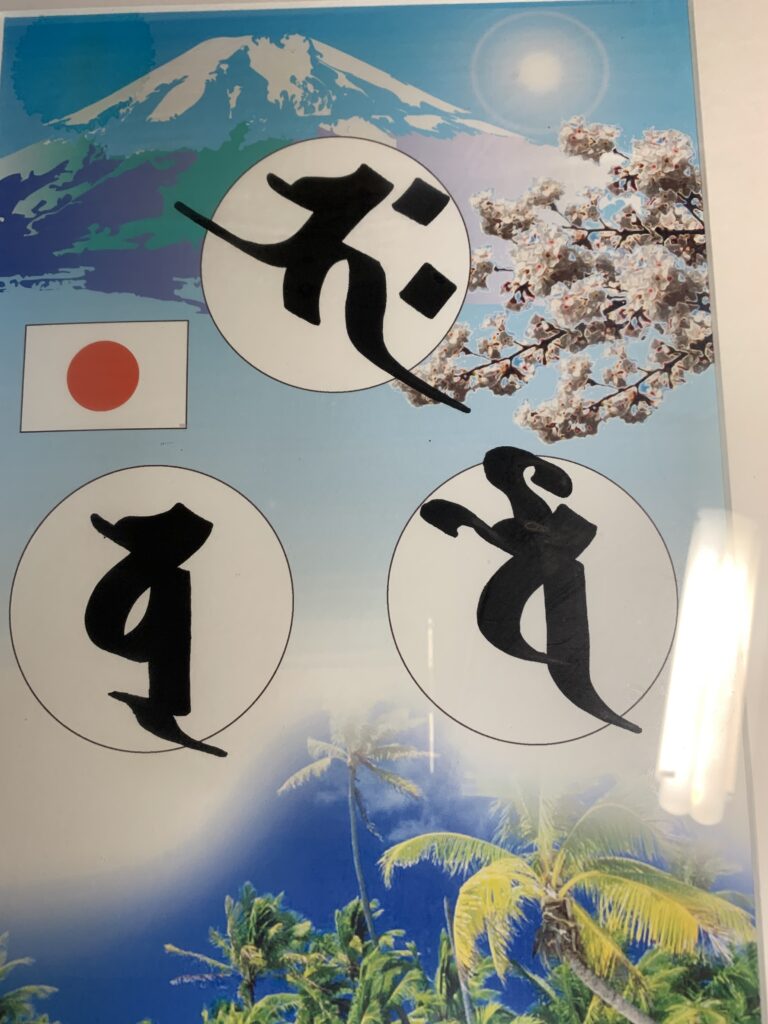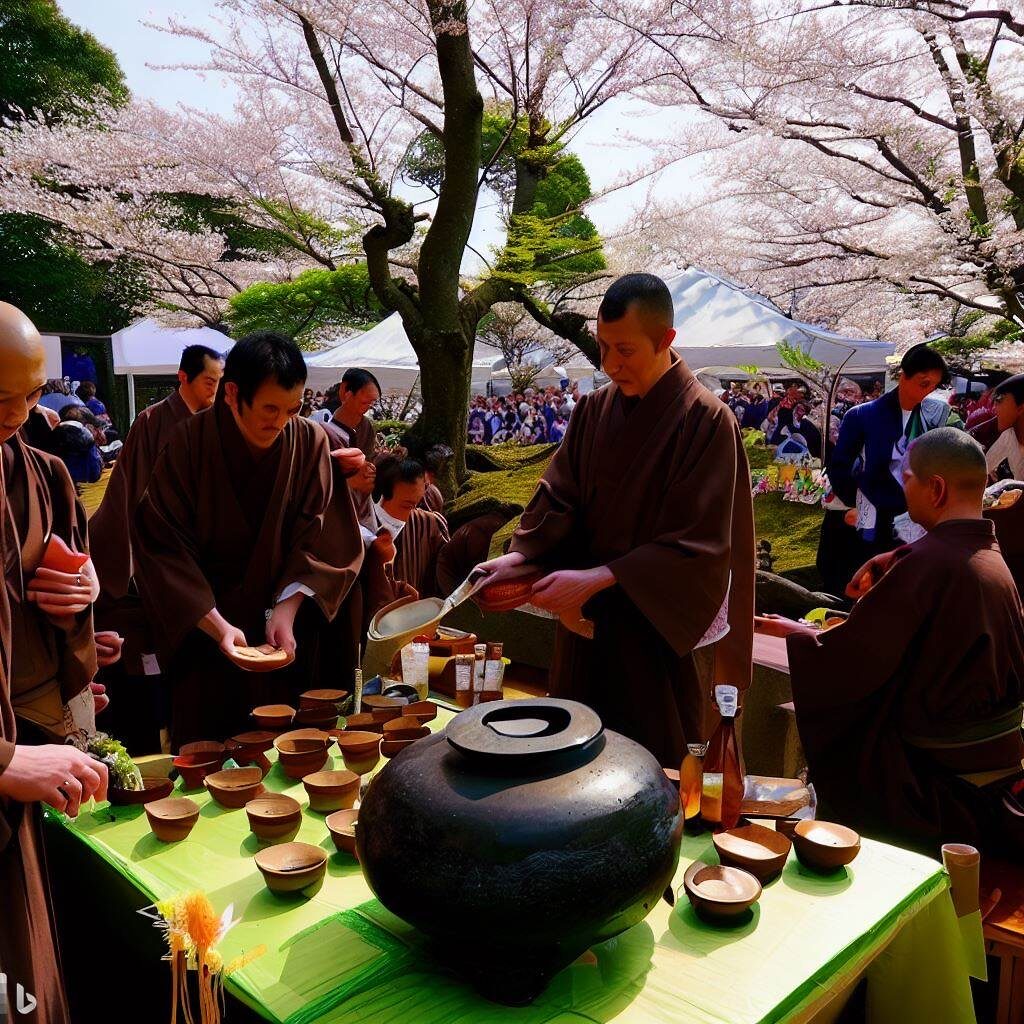近代心理学は

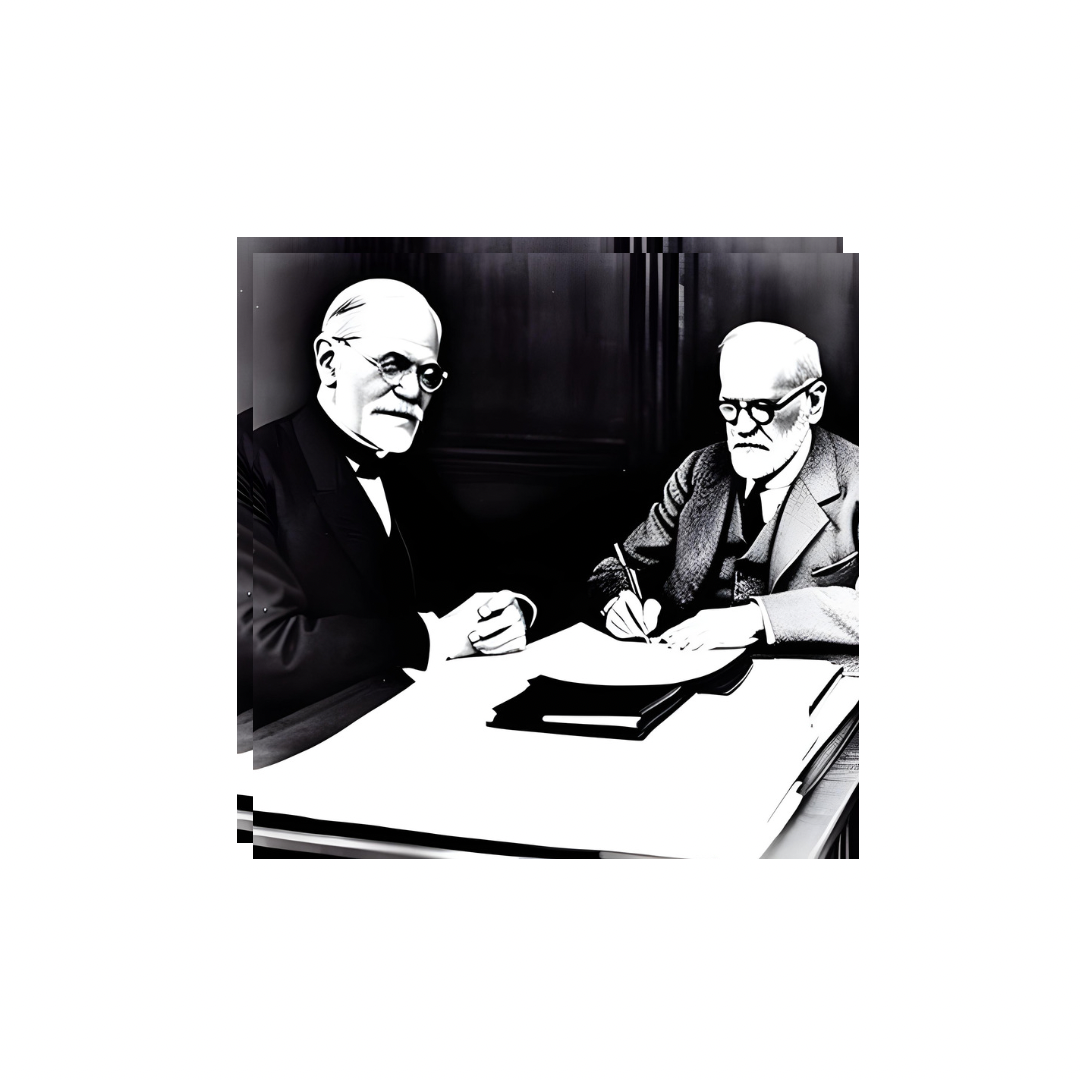 、
、
(1)フロイトの個人的に抑圧された無意識の層、
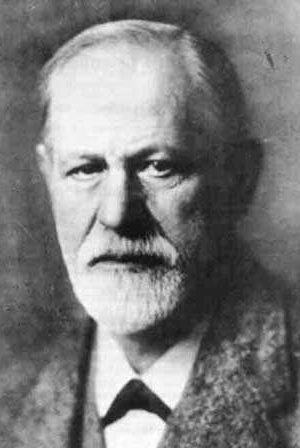
(2)ユングの集合的(群衆)無意識の層、

の二つの道を歩んできた。
これに対し、
〔3}ソンディは、その中間にある家族的無意識の層を発見したのである。
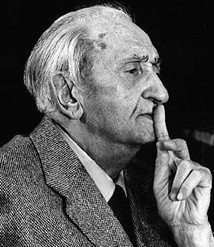
つまり、個人と群衆のあいだに「宗族」を発見したのだ。これは、当然、出ずべくして出でたものである。個人
にしても群衆にしても、だれひとりとして「家族」でなかったものはない。とすると、当然そこにひとつの無意識司が存在(または形成)されるはずである。
では、その無意識層の中に、ゾンデ″はなにを発見したか?
かれは、「家族的無意識」と名づける無意識層の中に、特殊な抑圧意識を発見したのである。
それは、ひと口でいうならば、
「個人のなかに抑圧されている祖先の欲求が、恋愛・友情・職業・疾病および死亡における無意識的選択行動とたって、個人○運命を決定する」
というのである。
。
ソンディはこういう。
「恋愛・友情・職業・疾病および死亡における選択の分析にもとづいて、選択の根源はこの家族的欲求」
つまり、ひとの、恋愛、友情、職業、病気、死にかたまで、すべて、それらを決定するのは、そのひとのこころの深奥にひそんでいる祖先の抑圧された意識である、というのである。
これは、個人の運命を形成するこれらの選択行動は、意識的・理性的な考慮の上に立つ決断にょって決定されるのではなく、(もちろん表面的にはそれがなされるが、実際には)選択行動は衝動行為であり、衝動的に選択する無意識的なものによって動かされるのだということである。(ここまではフロイトもほとんどおなじである。フロイトとちがうのは、その衝動が、その宗族-祖先-にふかい関連、かおるというのである)
それはなにかというと、ひとの運命を決定するものが、抑圧された祖先の欲求ばかりではないということである。それがすべてではないということだ。それは非常に大きな要因ではある、が、そればかりではないということである。
なぜかというと、密教占星術によれば、運命の「時期」まで決定されているからである。ソンディ理論によれば、「形式」の形成の説明はつくけれども、「時期」が決定される説明はつかない。それは先祖の抑圧意識のほかにも要因、かおるからである。それについてのわたくしの理論と意見はここでは述べない。べつな機会にゆずることにする。かなりに厖大な址となるからである。
ソンディ理論は「平面彬成」(空間)の理論であり、このほかに「立体構成」(時間)の理論かおる。㈲の理論は、ソンディのごとく、心理学的方法でなされるが、時間の理論は数学的方法でなされ、かなりに難解なものになる。これはまたべつな一冊の書物となるであろう。

タテの因縁とヨコの因縁
人間の持つ因縁の大体を述べてきた。
あなたも、これらの因縁の中のいくつかを必ず持っているはずである、
では、これらの因縁ぱ、いったい、どこから生じたのであろうか?
仏陀は、経典の中で、
「種の差別は業に由る」 とおっしやっておられる。
つまり、「業」によって、人それぞれちがう因縁を持って生まれるのである、とおっしやっているのである。
では、業は、因縁に対してどのようにはたらくのか?
基本的には「タテの因縁」と「ヨコの因縁」となってあらわれると説く。
タテの因縁とはなほか?
先祖から受けついだ系である。
ヨコの囚縁とはなにか? 自分が前生でなした業である。
このタテの因縁とヨコの因縁の交わるところが、自分である。
図示すると、つぎのようになる。
タテの因縁
(祖先から受けついだ業)
ヨコの囚縁
(自分の前生になした業)
交わるところ
(我である)
つまり、祖先の業と、自分の前生の業と、この二つの業によって生じたのが、自分の因縁である。言葉を替えていえば、自分は、祖先の因縁と自分の前生になした因縁と、この二つによって、この世に生まれ存在しているわけである。この二つの系続から成り立って
いるのが、自分という存在だ。
どんな人でも、親-祖先なくしては存在しない。ということは、親、祖先から、さまざまなものを受けついでいるということである。顔かたち、性格、体質、その他もろもろのものを受けついでいる、これはどんな人も否むことは出来ない。
有名な儒教の大学者、安岡正篤先生は、その著書『大学』(経書の書名)の講義の中で、こうのべておられる。
脳障害の因縁
この因縁は、精神病の場合と、精神病でない頭部の障害、の二種に分けられる。
すなわち、精神病(ノイローゼ、脳梅毒など)と、頭部の怪我、または脳溢血、脳軟化
症等の病気で、程度の軽い因縁の人ぱ年中、頭痛、肩こり、不眠症などに悩まされる。
肉体障害の因縁をあわせ持つ人は、脳溢血から中気になったり、頭の負傷で手足がきか
なくなったりする。脳性小児マヒなどもこの因縁のあらわれである。
二重人格の因縁
前記の脳障害の因縁の系列に入る因縁に、この二重人格の因縁がある。
酒を呑むと、ガラリと人が変わってしまって、全く別人のようになってしまう。
酒乱はこの因縁である。表面意識がアルコールで麻庫すると、遺伝している潜在意識や深層意識が浮かび出て、別の性格が入れかわって出て来るのである。異常性格・同性愛などもこの因縁である。
この因縁は、家運衰退の因縁にも深い関連があり、二、三代前の縁者で、非常に不幸な、恵まれない死に方をした人か、あるいは、他人で、その家に非常な怨念を抱いて死んだ者
のいることが特徴である。
癌の因縁
胃ガン、子宮ガンなど、この因縁を持つ人ぱ必ず癌になる。
循環器系統障害の因縁
心臓、腎臓、肝臓等の循環器系に故障を起こす因縁である。
Causes of brain damage
This cause can be divided into two types: mental illness and non-psychotic head disorders.
That is, mental illness (neurose, cerebral syphilis, etc.), head injury, or cerebral hemorrhage, cerebral malacia.
People with mild illnesses suffer from headaches, stiff shoulders, insomnia, etc. all year round.
People who have a cause of physical disability may be sick from cerebral hemorrhage or have limbs due to head injury.
It disappears. Cerebral palsy is also a manifestation of this cause.
1
Fate of dual personality
This dual personality is one of the factors that fall into the series of causes of brain damage.
When you drink alcohol, the person changes completely and you become like a completely different person.
The drunkenness is the cause of this. When the surface consciousness is filled with alcohol, the inherited subconscious and deep consciousness emerge, and another personality is replaced. Abnormal personality and homosexuality are also factors in this.
This connection is also closely related to the cause of the decline in family luck, and it is a relative of a few generations ago who died very unfortunately and underprivileged, or someone else who had a great grudge against the house. Those who died hugging
It is characteristic that there is.
Fate of cancer
People with this cause, such as stomach cancer and uterine cancer, will definitely get cancer.
Causes of cardiovascular disorders
It is a cause of failure in the circulatory system such as the heart, kidneys, and liver.
そういう記憶が、もしも突然あらわれて、われわれを。現実的に、われわれの深層意識の中にひそむ悪しき先祖(の記憶)が、われわれを動かしているのである。
たとえば、非常に多くの人に見られる「中途挫折の因縁」というのがある。なにをやっても中途で挫折、失敗して、ものごとをなしとげることのできない因縁である。
これは、男性の場合、主として職業の上にあらわれ、女性の場合、恋愛・結婚の上にあらわれる。
程度の差はあるけれども、ほとんどの人が持っているので、心理学者も深い興味をいだき、心理学の上からいろいろと考察している。
つねに中途挫折をくりかえす人を「運命神経症」と名づけたのは、フロイトである。
この運命神経症というのは、その人の無意識の意識の中に、不可抗力的なある力が存在していて、いつもものごとが中途で挫折し失敗するようにさせられてしまうというものである。
フロイトは、この無意識の中にひそむ力を、「反復強迫」とよんだ。
こういう人の小さいときからの生活をしらべてみると、いつも、ものごとが、もうちょっとというところでダメになり、失敗しているのである。
それは、この人の心の奥トト意識しない意識の中に、ものごとをこわして 失敗してしまう方向に持っていこうとする自己破壊の心がはたらいて、そ うさせてしまうというのが、フロイトの説なのである。
これは、フロイトだけではない。他の心理学者たちもみとめており、たとえば、メニンジャーはこれを「自己破壊の傾向を持つ精神形態」とよんでいる。
こういう自己破壊の心は、いったいどこから生ずるのであろうか?
これは、そのほとんどが、その人の祖先か、あるいは、祖先の周辺の人たちが原因しているのである。
ジグモンドーフロイト、カールーユングにつづく世界的な心理学者、リポットーソンディは、この現象にふかい興味を持って、てってい的に追求
動によるものであるとして、深層心理学の分野に、「運命心理学」「衝動心理学」というあらたな部門をきりひらいた。
かれは、ここにあらわれる深層意識を「家族的無意識」と名づけた。
それまでの深層心理学は、おおづかみに分けて、フロイトの「個人的無ていた。
ところが、ソンディの運命分析心理学は、この二つの層の中間にある
「家族的無意識」という無意識の第三番目の領域をきりひらいたのである。
つまり、「個人」と「群衆」の間に、「家族」を発見したわけだ。これは
じつにユニークな、そして妥当な発見であった。
結論として、ソンディは、つぎのようにいうのである。個人の無意識層の中に抑圧されている特殊な祖先の欲求が、子孫の
。恋愛・(結婚)・友情・職業・疾病・および死亡の型式”における無
意識的選択行動となって、その運命を決定する。
先きに、私は、無意識層にひそむ祖先の記憶がわれわれを動かす、といった。ソンディは、祖先の欲求という表現をしている。結局おなじことを
いっているわけだが、心理学者としてのソンディの立場からすれば、この表現のほうが、妥当であろう。
だが、なんと! このソンディの理論によると、中途挫折の因縁どころか、職業、友人、恋人や結婚相手の選択、病気、死にかた(!)まで決定されてしまうのである。だれに? 。特殊な祖先”に、である。
これだけのものを。特殊な祖先”に決定されてしまったのでは、自分の意志など、まるっきり無いも同然ではないか。
われわれはこれら人生のキイーポイントになるものを、すべて自分の意志や知性によって決定していると考えている。
しかし、じっさいはそうではなかったのである。自分の無意識層の中にひそむ。祖先の特殊な欲求”がわれわれの知らぬうちに、われわれを動かして、それを決定しいたのである。
われわれは、。祖先の特殊な欲求”にふりまわされているのだ。どのようにふりまわされているのか。
じつは、この「運命分析心理学」の創始者、リポットーソンディ博士は、自分自身、この「特殊な祖先の欲求」にふりまわされかけた体験を持つのである。
If such a memory suddenly appears, we. Realistically
The evil ancestors (memories) hidden in our deep consciousness move us
I’m doing it.
For example, there is a “fate of halfway setback” that is seen in so many people.
To. No matter what I do, I get frustrated, fail, and get things done
It is a cause that cannot be done.
In the case of men, this mainly appears on the occupation, and in the case of women, love
Appears on love and marriage.
Although there are differences in degree, most people have it, so psychologists also
He is deeply interested and considers various things from the perspective of psychology.
It was Freud who named the person who constantly repeats frustration as “fate neurosis”.
This fateful neurosis is force majeure in the unconscious consciousness of the person.
There is a certain power, so that things always fail in the middle
It is supposed to be made to.
Freud called this unconscious power hidden in “repetitive compulsion”.
When looking at the life of such a person from a young age, it was always a thing
However, it has failed in a little while.
It breaks things in the unconscious consciousness of this person’s heart.
The self-destructive mind that tries to take it in the direction of failure is working, that 46
Freud’s theory is that it makes him sick.
This is not just Freud. Other psychologists are also aware of it
Speaking of which, Meninger calls this a “mental form with a tendency to self-destruct.”
Where does this kind of self-destructive mind come from?
Most of this is the person’s ancestors or people around the ancestors
It is caused by us.
Sigmund Freud, a global psychologist following Karlou Jung, Li
Potto Sondy has a keen interest in this phenomenon and pursues it
Assuming that it was due to movement, he opened new departments in the field of deep psychology, “fate psychology” and “impulsivity psychology”.
He named the deep consciousness that appears here “family unconscious”.
The deep psychology up to that point was divided into two parts, Freud’s “personal absence.
However, Sondy’s fate analysis psychology lies between these two layers.
It opened up the third area of the unconscious, the “family unconscious.”
In other words, I found a “family” between the “individual” and the “crowd.” this is
It was a truly unique and reasonable discovery.
In conclusion, Sondy says as follows. The desire of a special ancestor, which is suppressed in the unconscious layer of the individual, is the desire of the descendants
.. Nothing in “types of love, (marriage), friendship, occupation, illness, and death”
It becomes a conscious choice action and determines its fate.
Earlier, I said that the memories of our ancestors hidden in the unconscious layer move us.
It was. Sondy describes it as the desire of his ancestors. After all, the same thing
That being said, from Sondy’s point of view as a psychologist, this expression would be more appropriate.
But what! According to Sondy’s theory, not only the cause of the frustration, but also the occupation, friends, choice of lover or marriage partner, illness, and death (!) Are decided. To whom? .. To a special ancestor.
Only this one. If it was decided to be a “special ancestor”, it would be almost as if there was no intention of oneself.
We have all the key points of our lives
I think it is determined by aspiration and intellect.
However, that was not the case. Hide in your unconscious layer. “The special desires of our ancestors” moved us and decided it without our knowledge.
we,. It is being swayed by the special desires of its ancestors. How is it being swayed?
In fact, Dr. Lipotto Sondi, the founder of this “Fate Analysis Psychology”,
I myself have the experience of being swayed by this “special ancestral desire”.

フロイドをはじめとした精神分析学派は、遺伝子要素(先天的な素質)はあまり重視せず、親子関係や生まれてからの環境を重視し、人は環境にはたらきかけることによって、変わりうるという環境論に基づいています。
人は宿命から逃れられないのか?
人間、本来もって生まれた先天的なものと環境のもとで培った、後天的なものとの組み合わせだからです。
ソンディの「運命分析学」は、遺伝と環境を統合させた新しい学説といえます。
ソンディの運命分析理論の画期的なところは、運命を「人間の隠された生活プラン」と考えており、宿命としてあきらめてしまわず、人間は選択する意思をもつというところに存在意義をみとめている点です。
>




 、
、







